
The book “Warren Buffett and the Interpretation of financial statements” offers a simple explanation of how to read financial statements and find companies with a sustainable competitive advantage through data analysis. All this data is to be found in a company’s financial statements.
Here you will find my key takeaways from the book. I do however recommend you read the book yourself. It is an easy read and helps you to create a better understanding of interpreting financial statements.
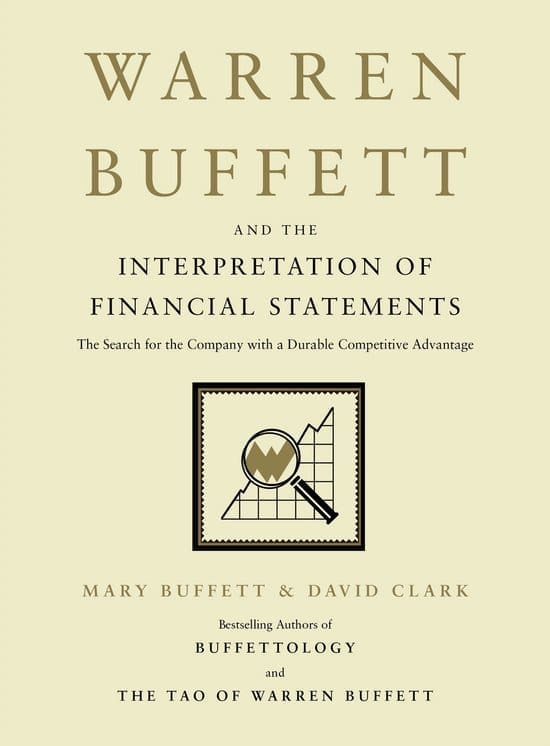
When Warren Buffet is analyzing financial statements he is looking for a sustainable competitive advantage of one business over another. Warren has famously compared this to a moat around a castle. The moat is necessary to protect the company for the long term.
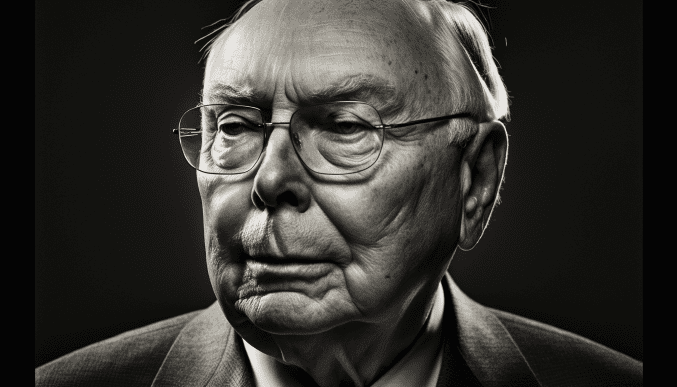

A big pile of cash doesn’t say much on its own. It can mean the company is a money-making machine, which is a good thing, but it can also mean the company does not know how to re-invest that cash (as is the case with many Japanese companies). It can also mean they have just sold one of their assets. In Warren’s view, a large stockpile of cash is usually a good thing.
There are three ways of creating a large stockpile of cash and we are looking for one in particular
Of course, the third is the kind of cash we like to see as an indicator of a good business that can have a moat. The easiest way to find this is to scan the last 7 years of the balance sheet for cash to see if the hoard of cash is not a one-time thing.
The CEO of Berkshire Hathaway likes companies that do not have to change their product over and over again. This means he is looking for companies whose inventory never becomes obsolete. A good sign for a business with a competitive advantage is an inventory that is growing in line with its revenue.
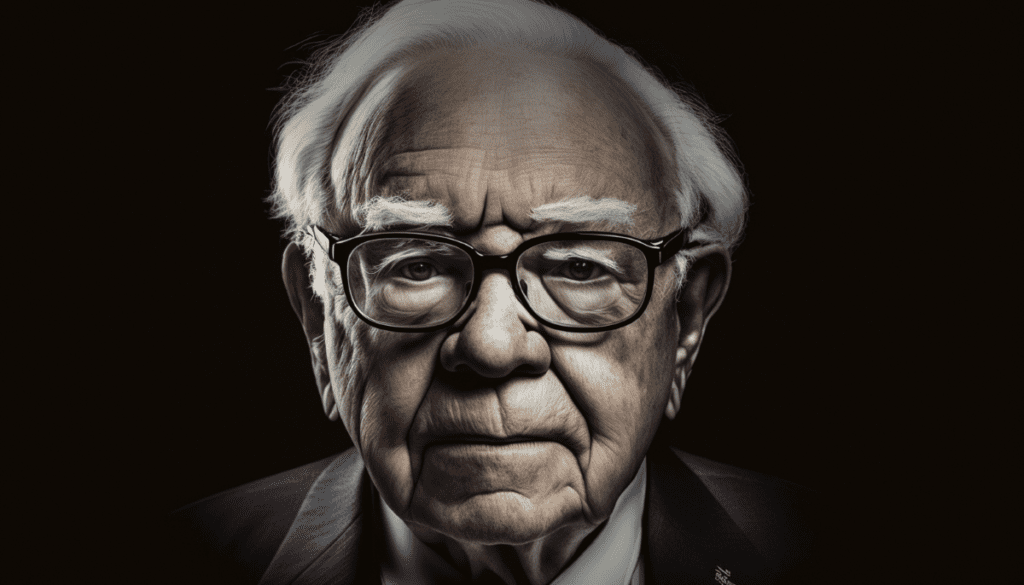
Look at the percentage of net receivables versus gross sales. If the company is consistently showing a lower net receivables ratio to gross sales than competitors it means they likely have a competitive advantage. Because the companies that do not have this moat, try to gain sales by giving longer payment periods and thus getting a higher percentage of net receiving instead of “direct” payments.
Traditionally a current ratio above 1 is considered good and below 1 is bad. Companies with a competitive advantage actually often have a current ratio below 1. Because they have so much earning power, they don’t need to stockpile cash but are comfortable paying out dividends and purchasing back shares.
A company with a durable competitive advantage can pay for the renewal of its property plant and Equipment by itself. A company without a moat will have to turn to debt in order to do so.
These tell us something about management. When they acquire other businesses, do they acquire businesses with a moat or just mediocre businesses? Sometimes we get a mediocre business buying companies with a durable competitive advantage, and here opportunity arises
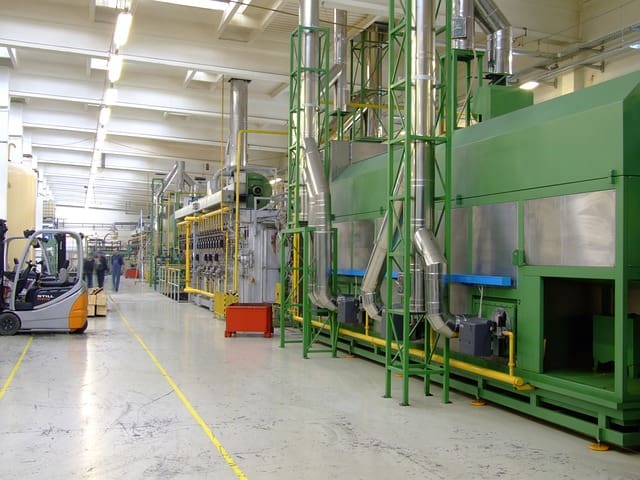
While many argue the higher the ROA the better, Buffet has discovered this might actually be a sign of instability. It usually means the company does not have many assets. When the business model does not require that many assets, it can be easier to copy than a business that requires a huge investment in assets.
Warren Buffet has always stayed away from companies that borrow more short-term debt than long-term. This can sometimes be found in the financial sector. They are often at the mercy of sudden changes in the credit markets. Too risky.
Companies with a moat do not need much long-term debt. This means they are highly unlikely to get in trouble with any long-term debt that is due.
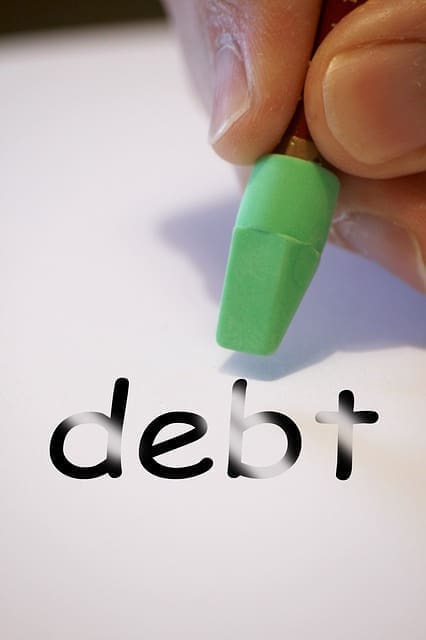
However, when a company with a durable competitive advantage goes through some troubled times it is best to look at the horizon to find out how much debt is coming due in the remaining years.
For a mediocre business, this can mean serious trouble and even bankruptcy. For a moat business, this can create a rare cheap buying opportunity.
Companies with a moat often don’t carry Preferred stock.
For Warren Buffet this is the most important factor on the balance sheet to determine whether a business has a long-term advantage or not. A company with a moat should have its retained net earnings grow continuously over time. The retained net earnings are an accumulated number. This means if a company incurs a loss in a certain year the retained net earnings amount will decline.
The presence of treasury Shares on the balance sheet and a history of buying back shares indicate the company has a competitive advantage. Treasury shares are shares that have been bought back by the company but have not been canceled yet. Instead, they are on the company’s balance sheet. A company is not allowed to receive dividends over these shares.
The ROE can give us some great insight into how good the management of a company is to re-invest our money. Net Earnings divided by shareholder’s equity equals the return on shareholder’s equity. Companies with a durable competitive advantage tend to have a higher ROE than average.
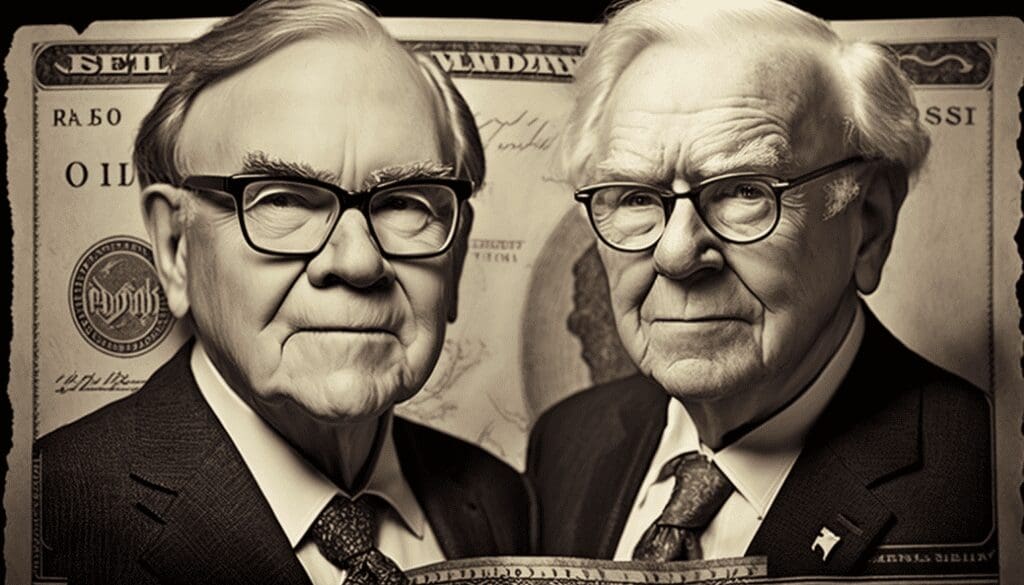
Some companies, however, can be so profitable that they do not need to retain any earnings but pay them out to shareholders. This means their ROE seems relatively low. The above, however, counts as a general rule.
Avoid companies that use a lot of leverage to make their earnings. Over the long term, they are too vulnerable to fluctuation in interest rates and can go from a profitable company to a loss-making business in a heartbeat.
It is important to examine the cash flow from operating activities, investing activities, and financing activities. Positive cash flow from operating activities indicates the company is generating cash from its core business operations, which is a good sign.
Negative cash flow from investing activities can be a cause for concern, as it indicates the company is spending more money on investments than it is receiving. Financing activities include issuing or repaying debt and issuing or buying back stock, and these should be monitored as well.
Buffet has found that companies with a sustainable competitive advantage spend a lower percentage on CAPEX to Net Earnings than the competition. Look at the past 10 years of CAPEX and add them all up. Do the same for the net earnings and compare the ratio.
Buffet looks for a CAPEX to Net Earnings ratio of below 50%. If this is the case, it’s a good start to explore more. If the ratio is below 25%, it is very likely the company has some sort of competitive advantage going for them.

Warren Buffet is a fan of share buybacks. When a company has excess cash caused by their great earnings and they do not see an opportunity to re-invest this in their own business or acquire other businesses, there are two options left; pay out dividends or buy back their own shares.
In this case, Buffet prefers the buying back of shares. This increases the Earnings per share, because the number of shares outstanding is being reduced, and this way the shareholder does not have to pay taxes.
A history of a company buying back and retiring its own shares is an indicator the company could have a durable competitive advantage.

To calculate the value of a business Warren Buffet treats the business as if it was a bond. The net earnings before tax represent the coupon value or interest rate. The shareholder’s equity represents the value of the bond. If the business has a MOAT, Warren tries to predict the earnings in the future and then calculates his returns for the current price he has to buy today.
For example:
Coca-Cola had a compounding annual growth rate of 15% over the past 10 years. It was fair for Warren to assume they would continue to do so in the future. He bought Coca-Cola shares for USD 6,50, the net earnings were 0,70 USD per share. In other words For a bond of 6,50 Warren would get a 10,7% return.
On top of that, he was expecting the coupon value to grow at an annual rate of 15%. He then asked himself if this would be a good investment for his money.
This is different from the likes of Benjamin Graham’s types of valuation. These types of valuation try to predict a fair value for the stock and purchase the shares below their fair value.

For example:
Coca-Cola is trading at 6,50 a share but Graham believes its fair value is USD 15. He would then buy the shares and probably sell them as soon as they reached fair value.
The difference with Warrens’s way of valuing is mostly the intent in how long to hold the business. In the case of Buffet, if possible, forever.
The lower price you pay for a business the higher your returns over the long run. The problem with great businesses however is, that they rarely trade dirt cheap. So when to buy them?
If possible, never, as long as the company keeps its moat. The longer you hold, the more compounding it does. Furthermore, the moment you sell, you have to pay taxes.
In conclusion, the book provides a simple yet effective approach to analyzing financial statements. By focusing on key metrics such as gross margin, R&D expenses, interest expenses, net earnings, and ROE, investors can gain a better understanding of a company’s financial health and determine whether it has a sustainable competitive advantage.
I think this book is a must-read for anyone who is considering investing. In my journey of learning about investing I have come to believe that successful investing is not just about having the right knowledge but also about having the right mindset.
In fact, I believe, one should create the right mindset before getting the know-how of how to invest. A book that helped me develop this mindset and a great joy to read is “ Richer, Wiser, Happier” by William Green.
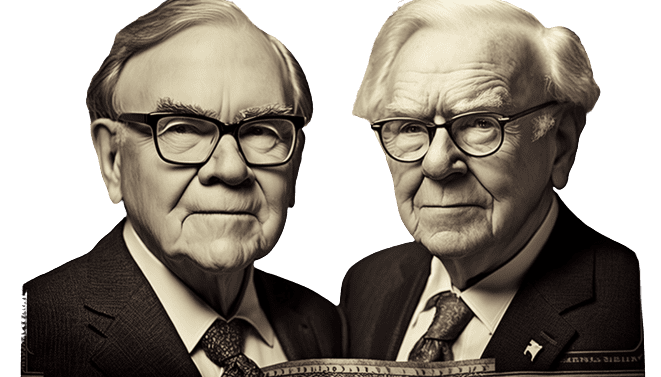
Mary Buffett is an American author, speaker, and investor. She is best known for her books on investing, including “Warren Buffett and the Interpretation of Financial Statements” and “The New Buffettology.” Mary worked closely with Warren Buffett, the legendary investor, and CEO of Berkshire Hathaway.
Mary was married to Warren’s son Peter for 19 years. She has used her knowledge to write books and give talks on investing and financial planning, sharing the lessons she learned from Warren Buffett and her own experiences. You can find more about the author on her personal page.